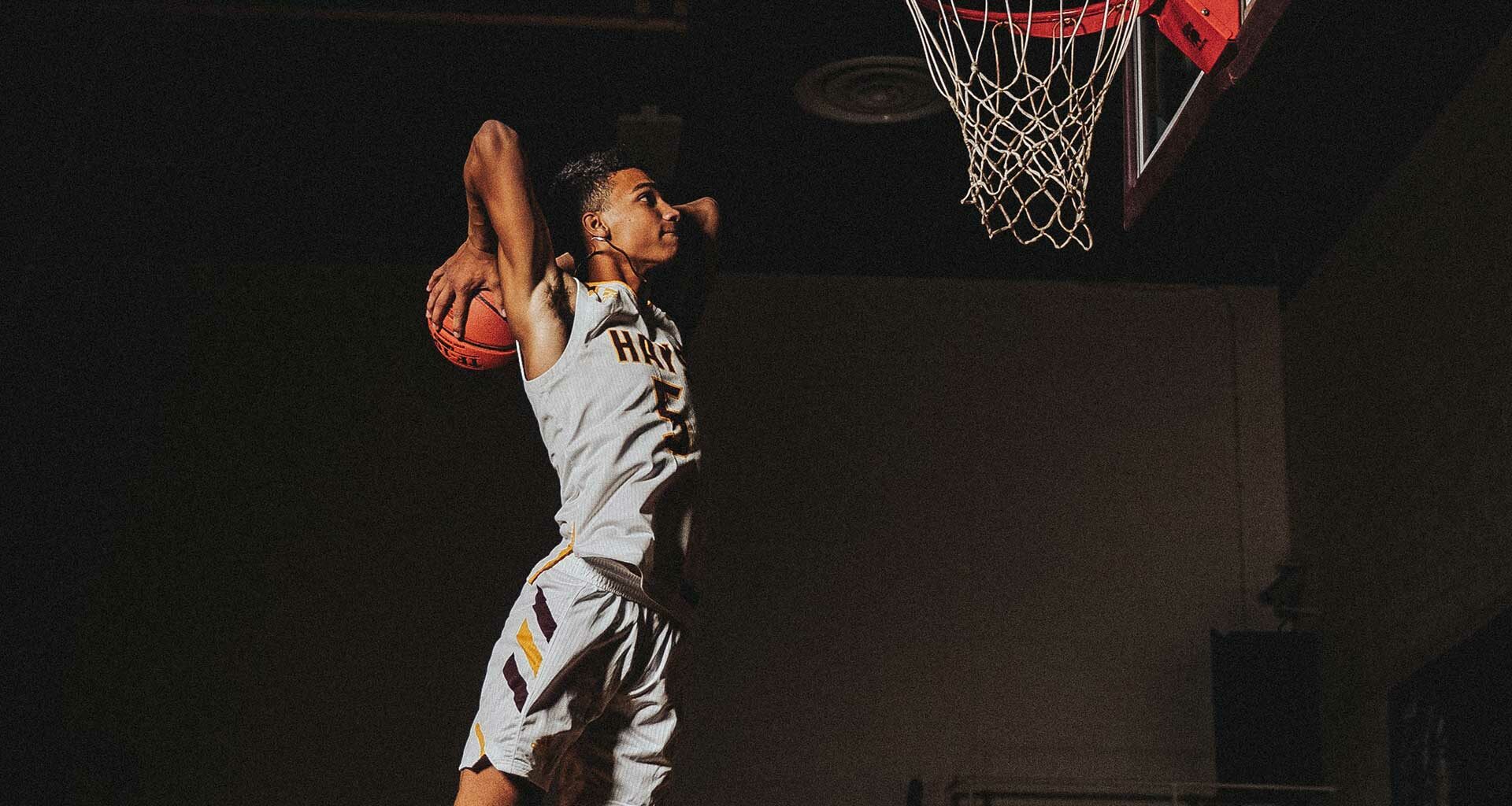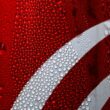“College athletes are returning to the days where they will get paid for their services”
Paying college athletes for their services was the norm starting in the late 1800’s as the Ivy League pursued bragging rights. In the 1920’s and 30’s, college athletes commanded such incomes one school reported payouts that exceeded $200,000 dollars for their football team alone as per this most recent opinion of the US Supreme Court .
by Robert Stehlin
In the 1940’s a famous halfback, Hugh McElhenny was quoted saying “(a) wealthy guy puts big bucks under my pillow every timeI score a touchdown. Hell, I can’t afford to graduate.” as per the Supreme Court Opinion.
All in all, compensating college athletes was the norm up until the late 1940’s at which point the NCAA restricted payments to athletes thereby freeing colleges and universities of the massive expense of compensating athletes with cash by the substitution of tuition benefits. From cash to tuition was a windfall for the institutions because tuition minimal incremental cost in comparison to cash outlays required to attract top talent.
The Supreme Court and the NCAA have both taken new positions that will help change the face of college sports today and way into the future. College sports and sports in general is about to enter into a whole new era where the athlete has more control over their income and fan base. Just last week, the highest court in the nation, the Supreme Court, ruled in favor of student athletes establishing president in regard to a term called the “rule of reason”. This decision has established that future litigation must undergo a process connected with the “rule of reason” that puts the burden of damages on the NCAA. The real issue is not what the Supreme court ruled last week, but what they did not address. Below is an excerpt from the Supreme Court ruling in its entirety. The NCAA and the schools yet left the door wide open. Justice Kavenaugh has put the NCAA on notice. Below are the words of Justice Kavenaugh:
“Those remaining compensation rules generally restrict student athletes from receiving compensation or benefits from their colleges for playing sports. And those rules have also historically restricted student athletes from receiving money from endorsement deals and the like. I add this concurring opinion to underscore that the NCAA’s remaining compensation rules also raise serious questions under the antitrust laws.”
Three points warrant emphasis:
- First, the court does not address the legality of the NCAA’s remaining compensation rules.
- Second, although the Court does not weigh in on the ultimate legality of the NCAA’s remaining compensation rules, the Court’s decision establishes how any such rules should be analyzed going forward.
- Third, there are serious questions whether the NCAA’s remaining compensation rules can pass muster under ordinary rule of reason scrutiny. Under the rule of reason, the NCAA must supply a legally valid procompetitive justification for its remaining compensation rules.
“But those traditions alone cannot justify the NCAA’s decision to build a massive money-raising enterprise on the backs of student athletes who are not fairly compensated. Nowhere else in America can businesses get away with agreeing not to pay their workers a fair market rate on the theory that their product is defined by not paying their workers a fair market rate.”
The door has been left open for additional student action against the NCAA.
In contrast to the actions taken by the supreme court, the NCAA has made a major compromise allowing for student athletes to be compensated for their name, image or likeness or what is commonly known as NIL. Currently there are no limits to the amounts athletes can be compensated and college and high school athletes are signing deals worth millions of dollars.
High school basketball player, Jalen Lewis, signed a million dollar deal to go pro in high school and participate in a league designed to transform high school players into NBA players. The deal allows for the player to focus on his craft while making a pretty hefty income. Not bad for a 16 year old high school student. Entering college freshman, Hercy Miller, inks a 2 million dollar 4 year deal with a company called Web Apps while every player on the Miami Hurricanes has been offered $500 per month in exchange for their posting of American Top Team advertisements on their social media Top Team owner Dan Lambert.
The guidelines are definitely very gray as every student needs to navigate NCAA regulations, state Laws, and even rules and regulations at each University. I would say the jury is still out on NIL’s as to the impact they will have on the majority of the athletes, but for now there is definitely a small group of athletes making a boatload of money in college sports.
As the US Supreme Court decision sinks in and possibly sparks a new lawsuit against the NCAA for anti-Sherman Trust violations, some college athletes (football and basketball) are getting closer and closer to making big bucks in college. Now for the other sports, well it might not be so good and only time will tell.
So just how do the other 80-90% of “college athletes” who do not have the name recognition to benefit from the new NIL legislation earn income while participating in college athletics? Remember there are over 450,000 college athletes in the United States of America alone. With the addition of a whole new category of athletes competing for a finite number of sponsorships and endorsements, how are the current underpaid professional athletes going to make ends meet as once sought-after funds are now directed towards college athletes?
Athletes as Influencers
Prior to adding college athletics to the “paid” category of athletes the census department indicated there were 15,000 declared professional athletes in the USA. I am sure it only counted those who were at the top of their game and were not working outside jobs to make ends meet. In baseball alone there are over 5000 minor league players who average $12,000 per season. Regardless of the current number, it appears that the number of professional athletes has just increased by 10x in a matter of one day. More athletes mean less opportunity so what is an athlete to do?
Robert Stehlin is CEO at SNDiT, the world’s first and only mobile platform dedicated to the principle of gratitude and the generosity of “gifting” well-deserving athletes. SNDiT gives fans the ability to send (in most cases tax free) gifts to their favorite athletes. SNDiT Sports mobile platform allows athletes to share their story and update fans regularly right from their phones. Fans are able to favorite their athletes of choice while being kept up to date regarding performance dates, performance statistics all while being able to SND gifts with just one swipe.
Photo by August Phlieger on Unsplash.











